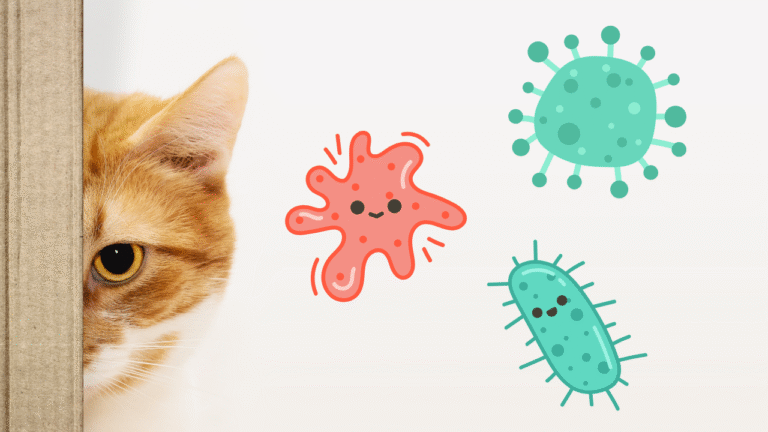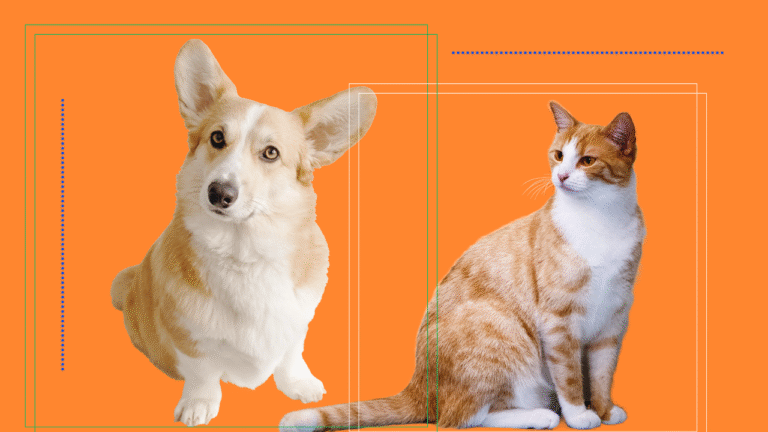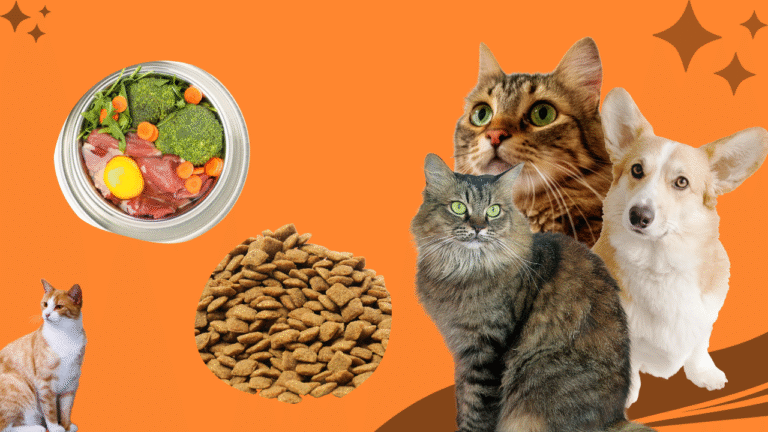Why they shouldn’t eat from the same bowl — even if they beg!
Many pet owners think, “Food is food. What’s the big deal?” Especially when the cat sneaks into the dog’s bowl, or the dog excitedly finishes off the cat’s leftovers.
But in reality, the taste preferences of dogs and cats are completely different, and sharing diets can lead to serious health problems.
Let’s break down the five biggest differences in how dogs and cats experience food — and why that matters.
1. Cats are meat purists — it’s in their DNA
Cats are obligate carnivores. Their entire body is designed to process high-protein, meat-based diets. They don’t even have taste receptors for sweetness — instead, they can detect amino acids like taurine, an essential nutrient found only in animal tissue.
Dogs are omnivores. They can digest grains, veggies, and starches more easily, and they don’t need a purely meat-based diet.
That’s why cat food is richer, smellier, and more protein-dense. Dogs love it — but eating it regularly can lead to obesity and pancreatitis.
2. Dogs have more taste buds than cats
Dogs have around 1,700 taste buds, while cats have only about 470.
That means dogs experience a wider range of taste, while cats rely heavily on smell, texture, and temperature to decide whether to eat something.
🔹 A cat may reject a perfectly balanced food simply because it doesn’t smell right.
🔹 Dogs, on the other hand, focus more on flavor and texture — so they’re more likely to enjoy variety.
3. Different reactions to new foods
Cats are picky and cautious. Their food preferences form early in life and don’t change easily. Many cats are neophobic— afraid of new things.
Change the flavor? They might go on a hunger strike out of sheer principle.
Dogs tend to be the opposite. Many are neophilic — excited by novelty. New flavor? New texture? Yes, please!
❗This matters when you’re switching food or introducing supplements.
4. Dogs enjoy salty tastes — cats don’t care
Studies show that dogs can taste and enjoy salt, likely an evolutionary trait to help them seek out sodium.
Cats, however, are indifferent to salty flavors. They don’t crave it — and too much can even be harmful.
This means food formulas and treats need very different taste enhancers for cats vs dogs.
5. Cats get fixated on specific proteins
Many cats develop intense preferences for certain proteins — like chicken, tuna, or turkey — and flat-out refuse others.
Dogs usually have more flexible tastes, although they still have their favorites.
Fun fact: Cats love tuna — but too much tuna can lead to vitamin E deficiency, so it’s not a long-term solution.
In Summary:
| Dogs | Cats | |
| Diet type | Omnivores | Obligate carnivores |
| Taste buds | ~1,700 | ~470 |
| New foods | Curious | Cautious |
| Salt taste | Present | Minimal |
| Protein prefs | Flexible | Often very specific |
From a pet nutritionist:
Never feed dogs and cats the same food.
Their biology — and their taste preferences — are just too different.
Even if they love sharing bowls, their bodies won’t thank you for it.
I’ll review your current routine and give you clear, professional guidance tailored to your pet’s real needs.





